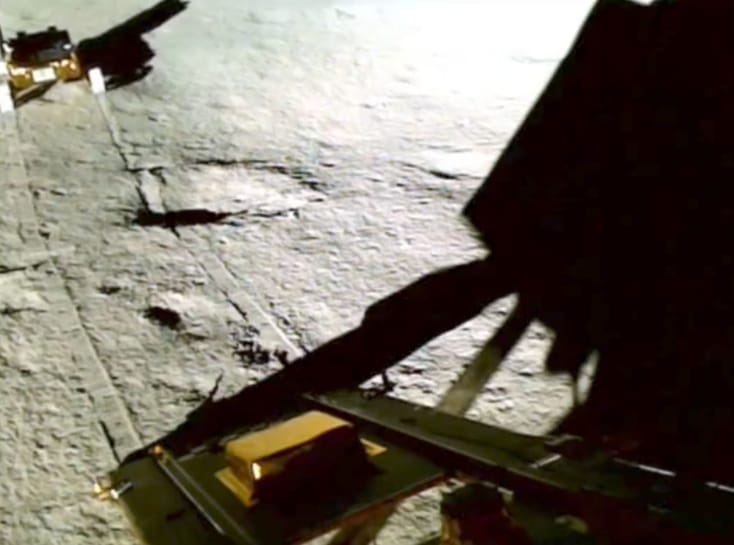The pioneering moon mission, Chandrayaan-3, of the Indian Space Research Organisation (ISRO) is soon to be followed by a sun mission — Aditya-L1, India’s first space observatory for solar research, could be launched in early September, on the back of ISRO workhorse PSLV from the country’s Sriharikota launchpad. Also, ISRO Chairman S Somanath said yesterday that India was capable of launching more interplanetary missions.
Somanath, a household name after India’s Vikram lander achieved a perfect touchdown on the moon’s south pole on August 23, said that the objective of ISRO was the overall progress of the country through the expansion of the space sector.
Speaking to the media in Thiruvananthapuram, Kerala, the ISRO chief said that Prime Minister Narendra Modi had a long-term vision about the country’s space sector.
“As far as we are concerned, not just the soft landing, but the entire aspects of the Chandrayaan-3 [mission] were 100 per cent successful. The entire country is proud of it and extending support to us,” said the ISRO chief.
Requesting people to continue their support for ISRO’s future endeavours, the agency chief said, “We are capable of travelling more to moon, Mars or Venus… But, we have to enhance our confidence for that… besides that, there should be more investment as well.”
Asked about Aditya-L1, Somnath said that the satellite was ready and had reached Sriharikota. The launch was expected in the first week of September and the final date would be announced in two days, he said. “After the launch, it will take 125 days from the earth to reach Lagrange point 1 (L1). We have to wait till then.”
About the Chandrayaan-3 mission, he said that both the Pragyan rover and the Vikram lander of Chandrayaan-3 were taking pictures of the lunar surface. The ISRO team was waiting for more quality images and was concentrating more on scientific studies.
Meanwhile, Prime Minister Narendra Modi flew back to India from Greece last evening and went directly to meet the ISRO scientists in Bengaluru. Modi was overseas when India landed on the moon.
After his return yesterday, the prime minister announced the decision to name the spot where Chandrayaan-3 mission’s Vikram lander made soft landing as “Shiva Shakti Point” and the site where the Chandrayaan-2 mission lander crash-landed on the moon’s surface in 2019 as “Tiranga Point”.
Also, August 23, the day India soft-landed on the moon, would be celebrated as National Space Day, said Modi.



